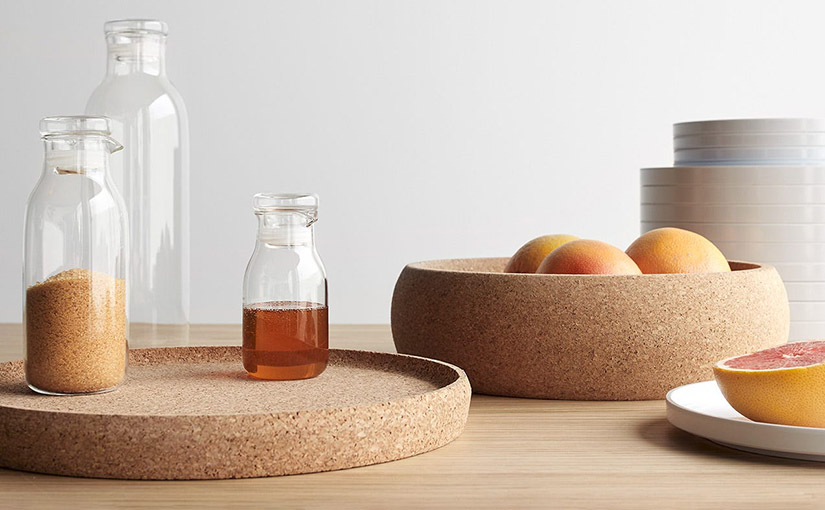The beautiful grain of white oak. The effortless elegance of ceramic. The soft texture of linen. Every material has its unique allure, and cork is no exception. We’re excited to share what makes cork so special — along with an introduction of our exclusive Centerpiece Cork Bowl and Tray.
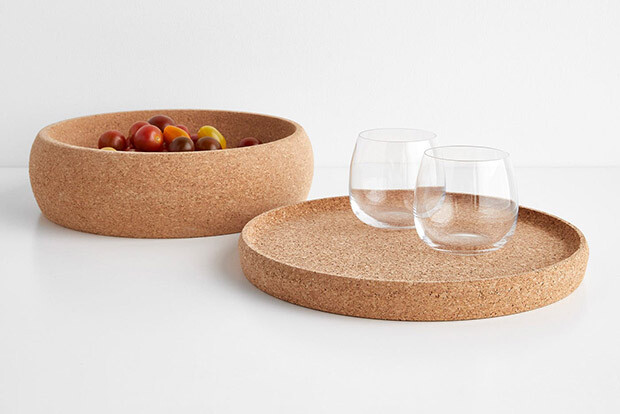
Where Does Cork Come From?
Grown primarily in Portugal, Spain and other countries along the western shores of the Mediterranean Sea, cork trees thrive in a warm coastal region with abundant sunshine and moist soil. And since only the thick, spongy bark needs to be removed to harvest cork, these tall evergreen trees can provide a continuous supply over decades or even centuries.
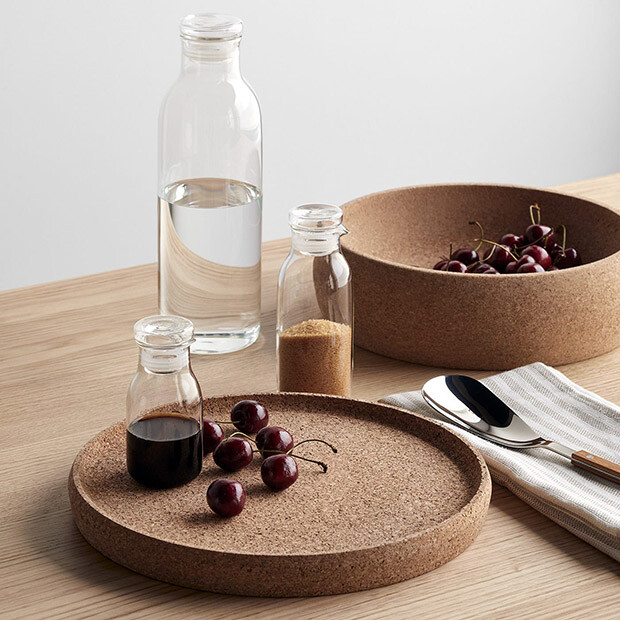
Once cork trees reach the age of around 25, harvesters carefully remove the bark. This extraction method is 100% safe for the tree and can be repeated in cycles every 9 to 10 years. A cork tree can live for 180 to 200 years, allowing for about 15 to 20 extractions over its lifespan.
Extraction is just the beginning of the journey for cork. Post-harvest, cork bark is placed between cement slabs for six months. The cork is then boiled to sterilize and soften the material before being shaped into the desired product.
Cork’s Eco-Friendly Features
The way that cork is harvested is certainly one of its primary benefits in terms of sustainability. Cork is a 100% natural, renewable resource that contributes to an important ecological environment in western Mediterranean countries. It’s also biodegradable, recyclable and reusable.
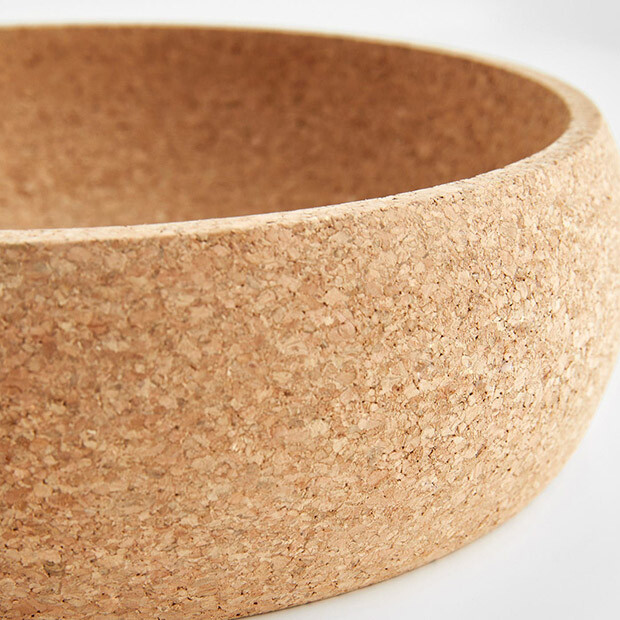
An eco-friendly approach is used for cork processing, which operates with little to no waste. In fact, many cork-base products for industry and domestic use are created using the discarded pieces from cork stoppers and other cork waste. Leftover fragments are ground down into grains and repurposed for all kinds of cork products.
The ground cork is packed into molds and pressed into shape by hydraulic force without the use of chemicals or glues. Pressure and high-heat steam is all that’s needed to allow the natural resins in the granules to release and stick together, creating agglomerated cork blocks. These blocks are then cut and shaped to create all sorts of products.
Centerpiece Cork Bowls and Trays
The Centerpiece Cork Bowl and Tray, which are made in Portugal with locally grown cork, combine form and function to bring out the very best that this material has to offer. The cork’s warm, natural tone serves as an attractive element in any home, and the organic, minimalist shapes of these pieces are simple and timeless.
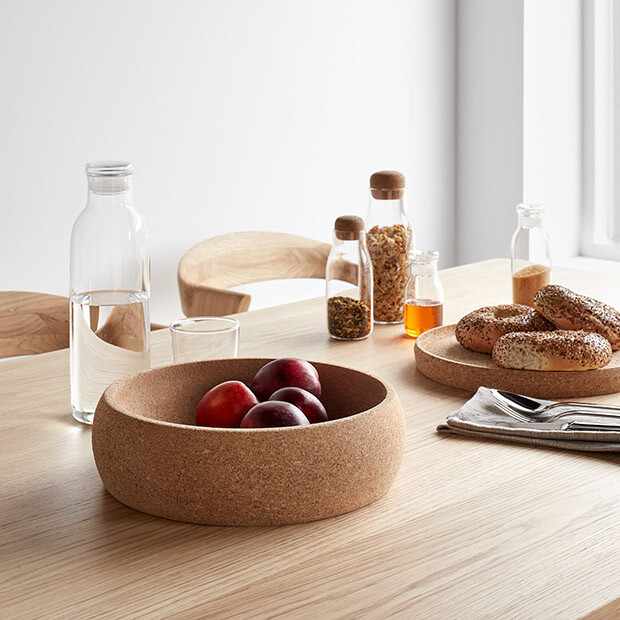
The bowl has smooth sculpted curves, while the tray serving platter features a subtle raised edge. Each of these designs is also conveniently practical for serving and dining purposes. Its naturally antimicrobial and water-repellent properties help to keep produce fresher longer and prevent pesky fruit flies from swarming.

Keep healthy snacks on hand by filling the Centerpiece Cork Bowl fruits and veggies. On the Centerpiece Cork Tray, pile up pastries and bagels for a breakfast spread. The combination of fresh foods and cork’s natural beauty creates an inviting display on any table or countertop.
Shop The Centerpiece Cork Collection



